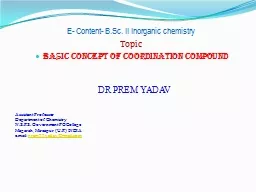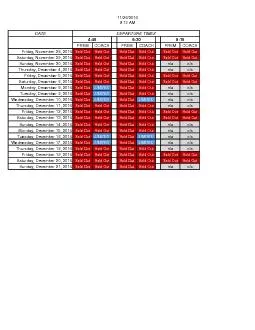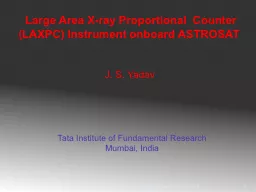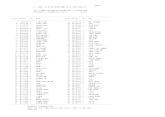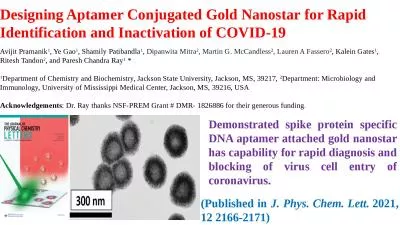PPT-DR PREM YADAV Assistant Professor
Author : daniella | Published Date : 2023-06-10
Department of Chemistry NSPS Government PG College Magarah Mirzapur UP INDIA email prem77yadavgmailcom E Content BSc II Inorganic chemistry Topic BASIC CONCEPT
Presentation Embed Code
Download Presentation
Download Presentation The PPT/PDF document "DR PREM YADAV Assistant Professor" is the property of its rightful owner. Permission is granted to download and print the materials on this website for personal, non-commercial use only, and to display it on your personal computer provided you do not modify the materials and that you retain all copyright notices contained in the materials. By downloading content from our website, you accept the terms of this agreement.
DR PREM YADAV Assistant Professor: Transcript
Download Rules Of Document
"DR PREM YADAV Assistant Professor"The content belongs to its owner. You may download and print it for personal use, without modification, and keep all copyright notices. By downloading, you agree to these terms.
Related Documents

